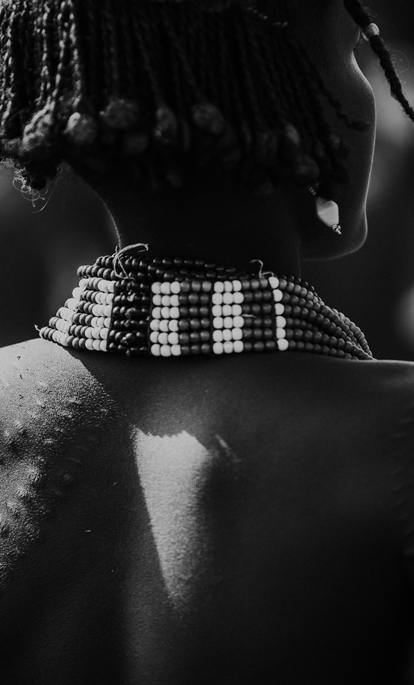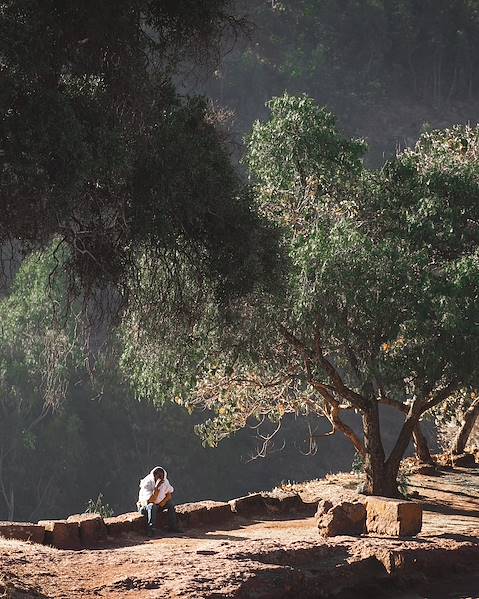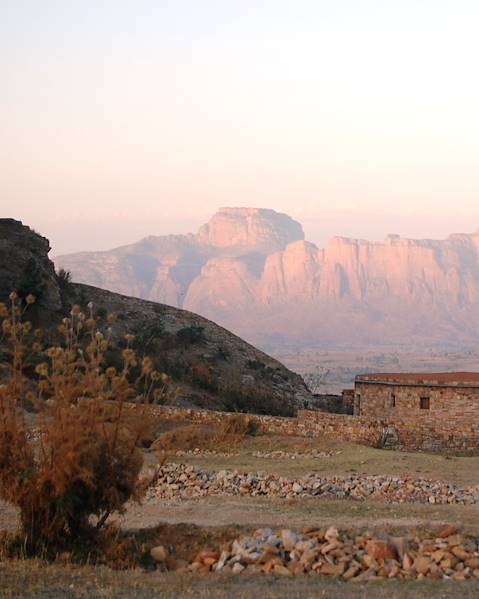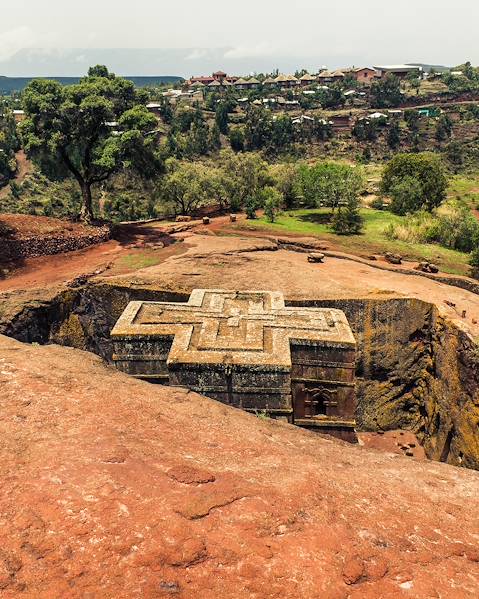Ethiopia's climate is split between three main seasons : the high season (January to March), with warm, sunny days, the shoulder season (October to December), with pleasant weather for hiking, and the low season (April to September), which is fairly rainy and very hot on the plains. Here's some information to give you a little more insight into the best time to visit Ethiopia.
January : Warmly recommended
January is one of the best times to visit Ethiopia as the temperatures are very comfortable and the sun frequently makes an appearance, driving away the rain.
In the centre of the country, in and around the capital, the weather is rather idyllic. Temperatures generally don't exceed 24°C and the minimum temperature is 15°C. Moreover, Addis Ababa enjoys blue skies for eight months of the year and is full of exciting cultural experiences. The National Museum of Ethiopia is a must and the city's numerous art galleries are worth exploring, too. If you visit at this time, you'll also get to experience the annual Timkat Festival, which celebrates the Ethiopian Epiphany. The baptism of Jesus is celebrated over three days of festivities, starting from 19th January, and celebrations are particularly beautiful in the capital .
The north of the country, around Aksum and Lalibela, is a little cooler than the capital because of the high altitudes and high plateaus. However, the region remains pleasant with an average temperature of 19°C.
In the north-west of Ethiopia (around Gondar and Bahir Dar), temperatures are a little hotter, hovering around 25°C during the day, and there's very little rainfall.
The south-west of the country is quite different from the rest of Ethiopia and affected by rainfall throughout the year. In January, rainfall is fairly reasonable with an average of 12 rainy days out of 31.
Desert areas in the south of the country should be avoided throughout the year unless you are well-prepared and well-equipped... the hottest temperatures are between mid-May and November, when the mercury sometimes reaches 50°C!
February : The beautiful weather continues
February also corresponds to a peak in Ethiopia's tourist season. Addis Ababa has the same mild, sunny weather as the north of the country.
Bear in mind that in the north-west of the country, temperatures are rising slightly, sometimes reaching 31°C. During the cooler hours of the day, explore the city of Gondar, discover its legends and marvel at its palaces.
Northern Ethiopia is cooler, with temperatures of about 20°C and there may occasionally be a few light showers. In contrast, there's slightly less rainfall in the south-west but temperatures are getting hotter (30°C during the middle of the day).
March : The rain arrives
There's more and more rainfall and the location depends on how heavy this rain is. In the central region around the capital, there are about ten rainy days, but don't worry, they tend to be passing showers. Plus, the temperature stays the same, making it ideal for your trip.
The 'light rainy season' begins in the north, around the highlands and in the south-west (Omo Valley) but the spring temperatures are pleasant.
The south-west region is also getting wetter : it rains 17 days out of 30 in the city of Gambela. This rainfall is combined with a hot, humid heat. The north-west of the country remains the same, with little rainfall and similar temperatures.
April : The official start of the rainy season
There's more and more rainfall, starting with the capital and surrounding area in the centre of Ethiopia. However, you'll still be able to go sightseeing during the sunny spells since temperatures remain mild.
The light rainy season continues in the northern region of Ethiopia, with passing showers and cool, comfortable temperatures.
Meanwhile, the high temperatures continue in the north-west of the country in Gondar, with little rainfall. For a refreshing break, head to Lake Tana and its monasteries, a one-and-a-half-hour drive from the city. The north-west of the country also experiences hot weather, yet with high levels of humidity, and it's best to avo

















